Best 60A+ MPPT Solar Charge Controllers
In this article, we review the most powerful MPPT solar charge controllers used for large off-grid solar power systems and advanced backup power systems. These high-performance controllers from the leading manufacturers have input voltages ranging from 150V to 300V and output currents from 60A to 100A.
For smaller-scale systems which require smaller capacity solar charge controllers see our Best MPPT solar charge controllers up to 40A review
Comparison Criteria
In this review, we rank the various charge controllers according to a number of important criteria including build quality, MPPT tracking speed, battery voltage options, operating temperature range (heat dissipation), monitoring, real-world testing and price. In our reviews, we generally rank performance and quality over affordability, so in this case, we rate the unit price lower than other criteria. This may come across as bias towards the more expensive models, but this is generally correct according to real-world results and longer term testing and performance monitoring.
Build quality
MPP Tracking speed/accuracy
PV Voltage range
Monitoring/communications
Battery voltage options
Configuration options
Price
Best Professional MPPT Solar Charge Controllers Full review
Here we compare the world’s most powerful MPPT solar charge controllers for professional off-grid solar and backup power systems. These higher voltage (Voc) controllers allow for larger solar arrays and longer strings using more powerful solar panels. As expected, the cost of these controllers is much higher than lower voltage entry-level models, with most units priced from $800 to $1500. Note prices can vary greatly depending on the country and local taxes.
See the full video review here…
| Model | Current A | Max Voc | Batt Voltages | Price $ | |
|---|---|---|---|---|---|
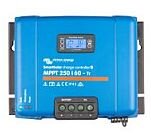 |
Victron SmartSolar | 100 A | 250V | 12V 24V 48V | $$$$ |
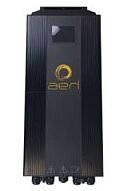 |
AERL SRX Coolmax | 60 A | 300V | 24V 48V | $$$$ |
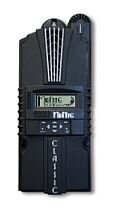 |
Midnite Classic 150 | 96 A** | 150V* | 12V 24V 48V 60V | $$$$ |
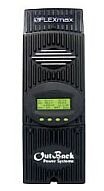 |
Outback Flexmax | 80 A | 150V | 12V 24V 48V 60V | $$$ |
 |
Studer VT80 | 80 A | 150V | 12V 24V 48V | $$$$ |
 |
Schneider Conext MPPT 60 150 | 60 A | 150V | 12V 24V 48V 60V | $$$ |
 |
Morningstar Tristar MPPT | 60 A | 150V | 12V 24V 48V | $$$$ |
* Hyper Voc = Extends Voc to 198V
** Limited to 86A when used with a 48V battery
1. Victron Energy SmartSolar
SmartSolar 250V range
Pros:
Fast MPP Tracking
250V max Voc
Advanced monitoring app included
Optional Battery sensor
Wide operating temperature up to 60 degC
Inbuilt temp sensor
Programmable relay
5 year warranty
Cons:
No display included
Expensive $$$$
Download the full Victron Smartsolar datasheet
2. AERL Coolmax
SRX Coolmax
Pros:
Very fast MPP Tracking
300V max Voc (Now up to 600V)
Monitoring via USB
High-res colour touch-screen display
Internal cable connections
Wide operating temperature up to 60 degC
Inbuilt temp sensor
Over-sizing solar allowed up to 4.2kW
CANbus & RS485 connections
Cons:
Expensive $$$$
No remote monitoring (yet)
Download the full AERL Coolmax specification datasheet
3. MidNite Solar Classic
Classic 150
Pros:
Extremely fast MPP Tracking
Remote monitoring
Large Clear LCD display
Internal cable connections
Wide operating temperature up to 60 degC
Battery voltages from 12V up to 72V
Ground Fault (GDF) and ARC fault detection - USA approved
Two Auxiliary outputs
HyperVoc extents Voc up to 198V
5-year warranty
Cons:
Power de-rating starts at temperatures above 25degC
Download the full Midnite Classic specification datasheet
4. Outback Power Flexmax
Flexmax 60A or 80A
Pros:
Fast MPP Tracking
Advanced remote monitoring
Large Clear LCD display
Internal cable connections
Wide operating temperature up to 60 degC
Battery voltages from 12V up to 60V
Low cost
5 year warranty
Cons:
Limited to 150 Voc
Limited to 3kW - Over-sizing PV not advised
Download the full Outback Flexmax specification datasheet
5. Studer VT-80
VarioTrack VT-80 MPPT
Pros:
Fast MPP Tracking
Internal cable connections
12V, 24V or 48V batteries
High weather rating to IP54
5 year warranty
Various Comms options
Parallel up to 15 units
Cons:
No display included
Expensive $$$$
Limited to 150 Voc
See full Studer VT-80 specification data-sheet
6. Schneider Conext
Conext MPPT 60 150
Pros:
Fast MPP Tracking
Internal cable connections
Battery voltages from 12V up to 60V
Backlit display
3 year warranty
Cons:
Limited remote monitoring
Operating temperature up to 45 degC
Download the full Schneider Conext specification datasheet
7. Morningstar Tristar
Tristar MPPT 60
Pros:
Very fast MPP Tracking
Internal cable connections
12V, 24V or 48V batteries
Epoxy encapsulation, marine rated terminals
5 year warranty
Ethernet connection included
Cons:
No display included
Expensive $$$$
Limited to 150 Voc
Download the full Tristar TS-MPPT specification datasheet
















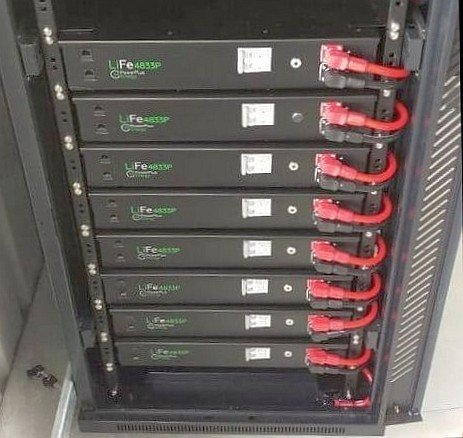



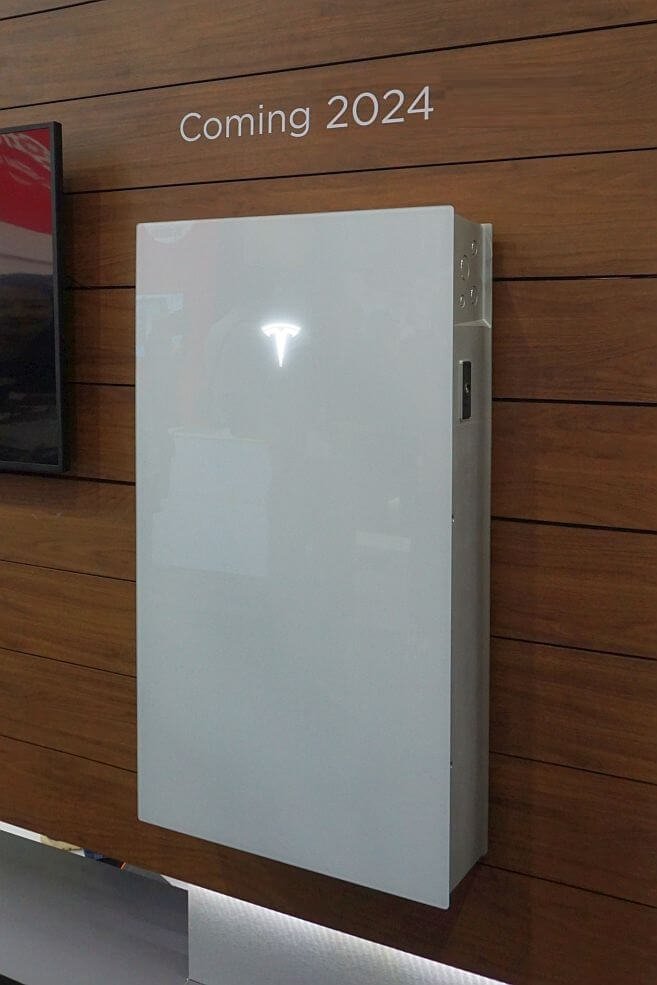
Detailed guide to the many specifications to consider when designing an off-grid solar system or complete hybrid energy storage system. Plus, a guide to the best grid-interactive and off-grid inverters and hybrid solar inverters for residential and commercial energy storage.